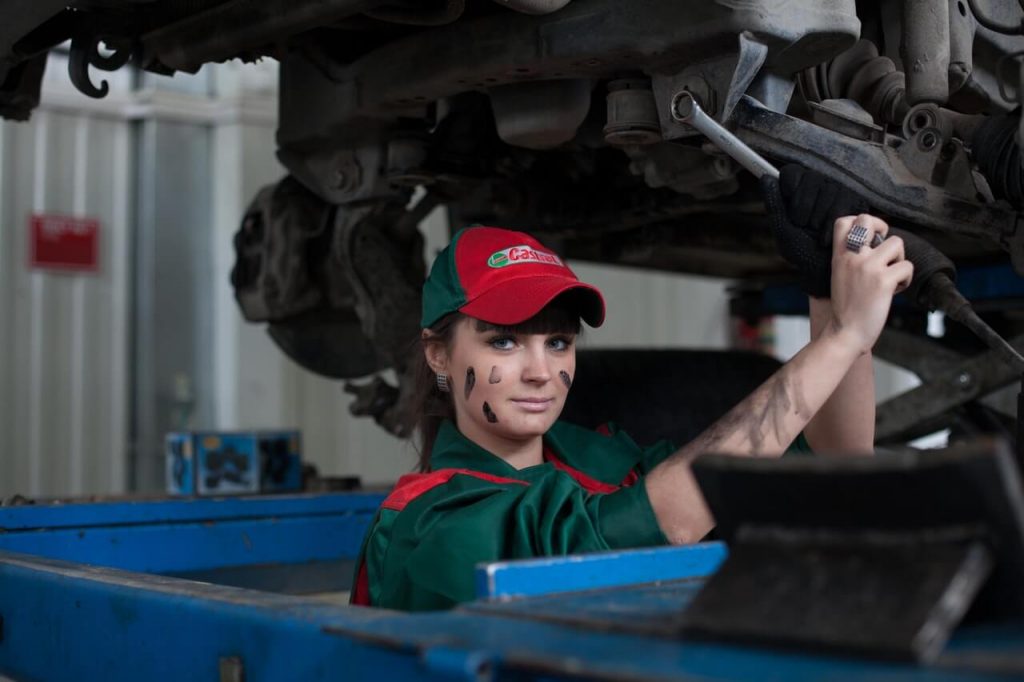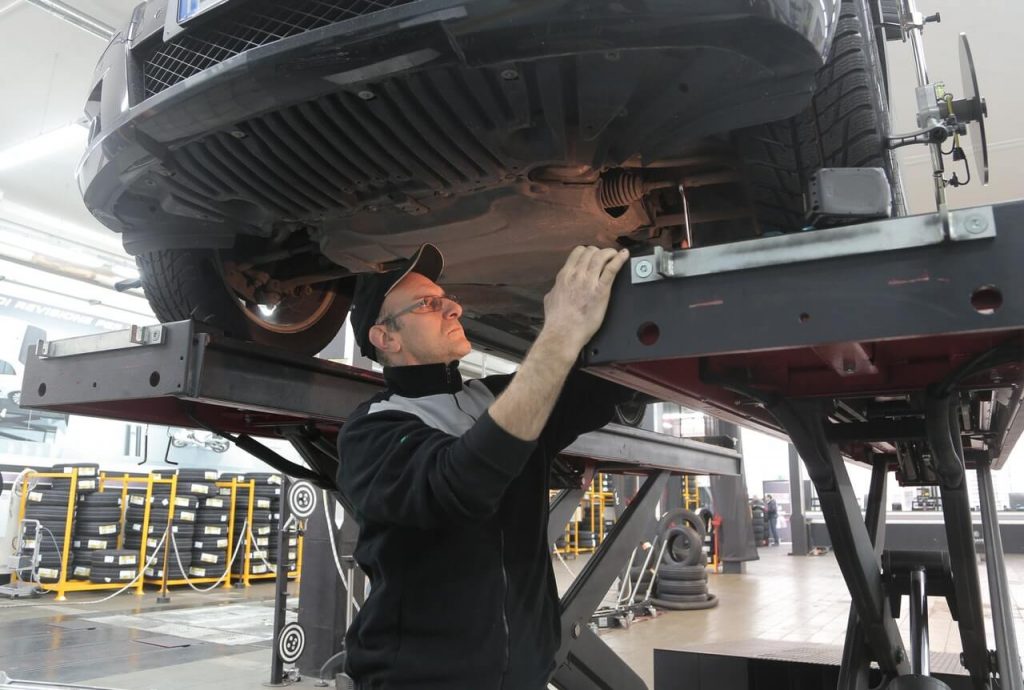Averagely, it takes between 2 and 3 hours to replace a fuel pump. Therefore, it’s paramount to replace your fuel pump when the need arises, as an efficiently working fuel pump is equally important as an optimally working engine.
But what does the process of replacing a fuel pump entail? Read on to understand how long it can take you to replace your fuel pump.
Why Is Replacing Your Fuel Pump Essential?
The fuel pump is one of the reasons your engine works without fail. The fuel pump moves fuel from your fuel tank through the fuel pipes to the engine for combustion. The result is you being able to move your car forward or backward accordingly.
Therefore, you must replace your fuel pump as soon as it’s time to do so. Otherwise, your engine will fail, and it becomes vain to own your car. Your fuel pump also sieves all unwanted impurities in the gas tank, after which it sends pure fuel to the engine.
Additionally, your fuel pump has a fuel gauge attached to it. This gauge floats near your gas tank and allows you to read your fuel right on the dashboard. Henceforth, you must replace your fuel pump approximately every 150,000 miles as manufacturers of both electric and mechanical fuel pumps recommend.
Interestingly some fuel pumps can last for over 200,000 miles if you’re fond of keeping your fuel tank at least a quarter full all the time to prevent thermal shocks.
Your fuel pump can experience a thermal shock when you suddenly pump in some fuel while the tank is empty. Similarly, an empty fuel pump can dry, heat up, or crack due to inconsistent fueling.
Gas cools your fuel pump and allowing your pump to run dry causes overheating and immature wearing down.
Furthermore, having sufficient gas in your fuel tank makes it easier for your fule pump to work efficiently. Insufficient pressure makes your pump work harder, increasing its chances of wearing out.
Where Is Your Fuel Pump Position In The Car?
Some fuel pumps either sit outside the fuel tank or in the fuel tank. This proximity to the fuel tanks lets the pump draw fuel from the tank and feed all the fuel lines leading to your vehicle’s engine.

How Much Does A Fuel Pump Cost?
There’s no specific cost for purchasing a new fuel pump. However, according to this information, you can spend up to $220 or $1,062 based on your vehicle type and age to acquire a new fuel pump.
Broken down, you’ll likely spend around $124 to $260 on labor alone. The fuel pump parts can cost up to $95 to $854, exclusive of taxes. The cost of buying a new pump varies with your vehicle model, the size of your car’s engine, and your vehicle’s make.
The time of purchase also influences the cost of a fuel pump. With time, manufacturers make adjustments to fuel pumps contributing to this variation in the price of pumps. The fee also depends on whether you’re simply replacing the pump itself or you’re doing a complete assembly.
The latter would be costlier and involve replacing the fuel transmission units, peripheral systems, and the fuel pump. The replacement also depends on whether your vehicle make can allow you to replace a fuel pump separately.
Common Problems After Replacing Fuel Pump
While the primary motivation to replacing your fuel pump is to enhance your vehicle’s efficiency, this is not always the case. When you replace your pump with a faulty one or install it in the wrong way, you’ll have some problems.
Some of The Problems May Include:
- 1. Your engine may run unusually roughly, primarily due to poor installation. The pump will not feed your engine with enough fuel when you do not harness all the fuel pump wires accordingly. This leads to your engine starving hence the roughness.
- 2. The absence of fuel pressure causing tough starts. The vacuum in your pump causes unbearable resistance, which may persist until your pump accumulates enough pressure to start.
- 3. The new fuel pump failing to work. If you install your pump abnormally, allowing it to leak or fail to receive enough pressure, it shall not pump fuel.
- 4. Unreliable fuel gauge readings. After a fuel pump replacement, your gas gauge may keep indicating full or empty inconsistently. This commonly happens when the indicator is faulty. Therefore, it’s safer to replace the fuel gauge together with the fuel pump.
- 5. A failed gas gauge. Besides giving you inconsistent readings, your gas gauge may completely fail to provide you with any readings after you replace a fuel pump.
Is It Time to Replace Your Fuel Pump?
Like every other component of your car, you need to inspect and maintain your fuel pump regularly. Your consistent inspections will help you detect some rust, debris, or dirt in your pump. When you have trouble starting your car many times or frequently die as you drive, you need to change the fuel pump.
To check whether your fuel pump is in good condition, scrutinize your fuse box to see if any fuses are worn out. Upon confirming that the metal cover on each fuse is in a good state, check your fuel pressure test port. Use a pressure gauge to perform this role.
While at it, crack your engine and confirm that the engine is receiving enough pressure. If your fuel pump is not applying any pressure on the engine, it is worn out already.
Other Indicators That You Need To Replace Your Fuel Pump Include:
- A humming sound from your fuel tank
- A crackling engine
- Difficulty climbing hills
- Difficulty starting your car
- Arbitrary surges
- Poor gas mileage
- Trouble maintaining a certain speed

Is It Worth Replacing a Fuel Pump?
It is worth replacing your fuel pump as soon as you realize it needs a replacement. However, you must find an experienced mechanic to carry out this operation. Failure to which you will likely experience the common problems that people experience after replacing their fuel pumps.
Alternatively, if you have to get handy yourself, follow your car manufacturer’s manual to the latter. With these instructions, you can replace a fuel pump with essential hand tools, although you may find it quite laborious, especially when you’re doing it the first time.
A faulty fuel pump translates to a failed engine. Ultimately, you’ll not be able to move your car. While there is no specific amount of time it takes to replace a fuel pump, 2 to 3 hours will mostly be enough. However, you must carry out the proper and timely installation to benefit from your new replacement.



